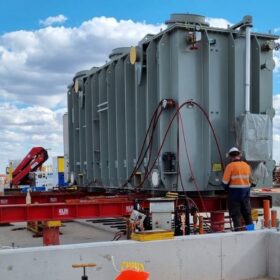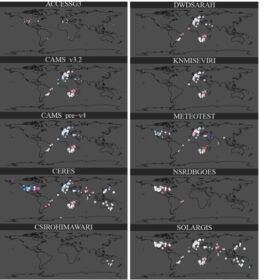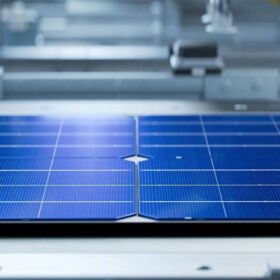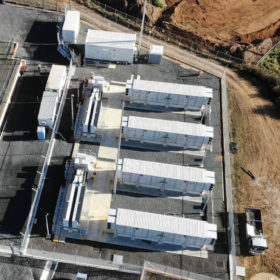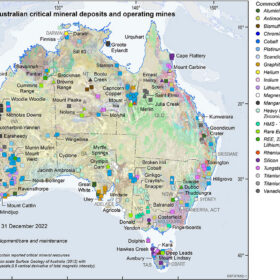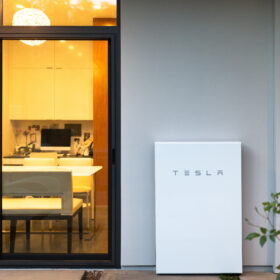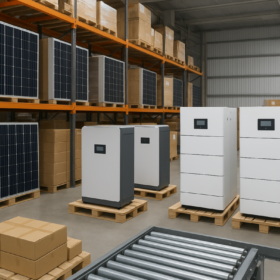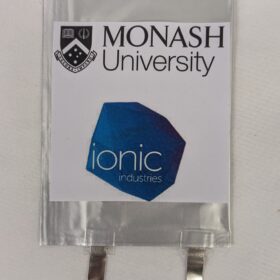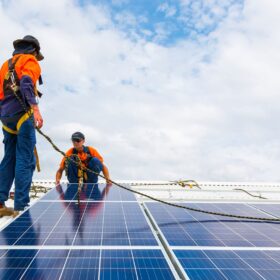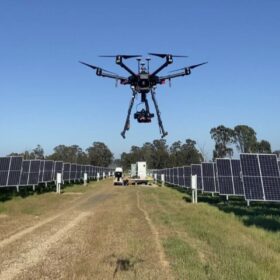All solar cell efficiencies at a glance – Martin Green team update
The research group led by Professor Martin Green has published Version 62 of the solar cell efficiency tables. There are 21 new results reported in the new version, a record number for the Tables.
‘It could be a difficult time going forward for solar module makers’
In the second interview of a series held at Intersolar 2023, pv magazine spoke with Karen Tang, Director – Editorial Lead Europe at Singapore-based market research company OPIS, about current price trends in the industry. She said solar panels may soon be bought at an average of USD 0.185/W but she also revealed that offers under USD 0.15/W are now becoming more frequent. Furthermore, Tang said prices may continue to drop in the future, with the bottom line being difficult to determine. Much will depend on the actual manufacturing capacity we will see coming online, which may not match the huge number of recent announcements released by module producers.
Transgrid reveals roadmap to deliver energy network master plan
New South Wales transmission network operator Transgrid plans to spend $16.5 billion (USD 11.22 billion) to grow the state’s power system over the next decade to ensure the “secure operation” of the grid at up to 100% instantaneous renewables.
CEFC to target grid infrastructure with investment capital increase
The Australian government has backed the Clean Energy Finance Corporation to lead the transformation of the nation’s energy grid infrastructure by signing off on a $20.5 billion (USD 13.94 billion) increase in investment capital for the federal government-owned ‘green bank.’
Officeworks closes on 100% renewables with solar and storage solution
Australian retailing major Officeworks has flicked the switch on its first behind-the-meter rooftop solar and battery energy storage system as it works towards using only renewable electricity to power operations by 2025 as part of its ambition to achieve net-zero emissions by 2030.
Global benchmark for solar irradiance data released by IEA-PVPS
The International Energy Agency’s Photovoltaic Power Systems Programme (IEA-PVPS) has published a report to help the solar industry to choose appropriate surface radiation models and data providers based on location and application requirements.
Reusing silicon from end-of-life solar panels in EV batteries
Scientists in Belgium are exploring the potential of recycled silicon in solar modules at the end of their life cycle for reuse in low-cost, higher-energy-density storage technologies. They claim EV batteries using this silicon may allow faster recharging and travel longer distances on a single charge.
Top utility-scale inverter OEMs on what’s behind lead time blow outs
Lead times for utility-scale inverter power stations have recently ballooned from around six months on average to as long as 18 months today. Pv magazine Australia spoke to top manufacturers, including SMA, Ingeteam, and others on the compounding causes of the blowouts and what’s to be done.
Gentailer upheaval: EnergyAustralia reportedly in talks with Macquarie, Grok cuts AGL stake
The changing hands of Australia’s biggest ‘gentailers’ continues, with Mike Cannon-Brookes’ Grok Ventures reducing its stake in AGL, while Macquarie is reportedly in talks to acquire up to a 50% stake in EnergyAustralia.
Australia’s critical minerals strategy released, includes no major policy schemes nor onshoring action plan
Australia’s federal government has released its anticipated Critical Minerals Strategy, and while the document decisively flags industry imperatives and challenges, the plan of action and policy solutions are far more hazy.


